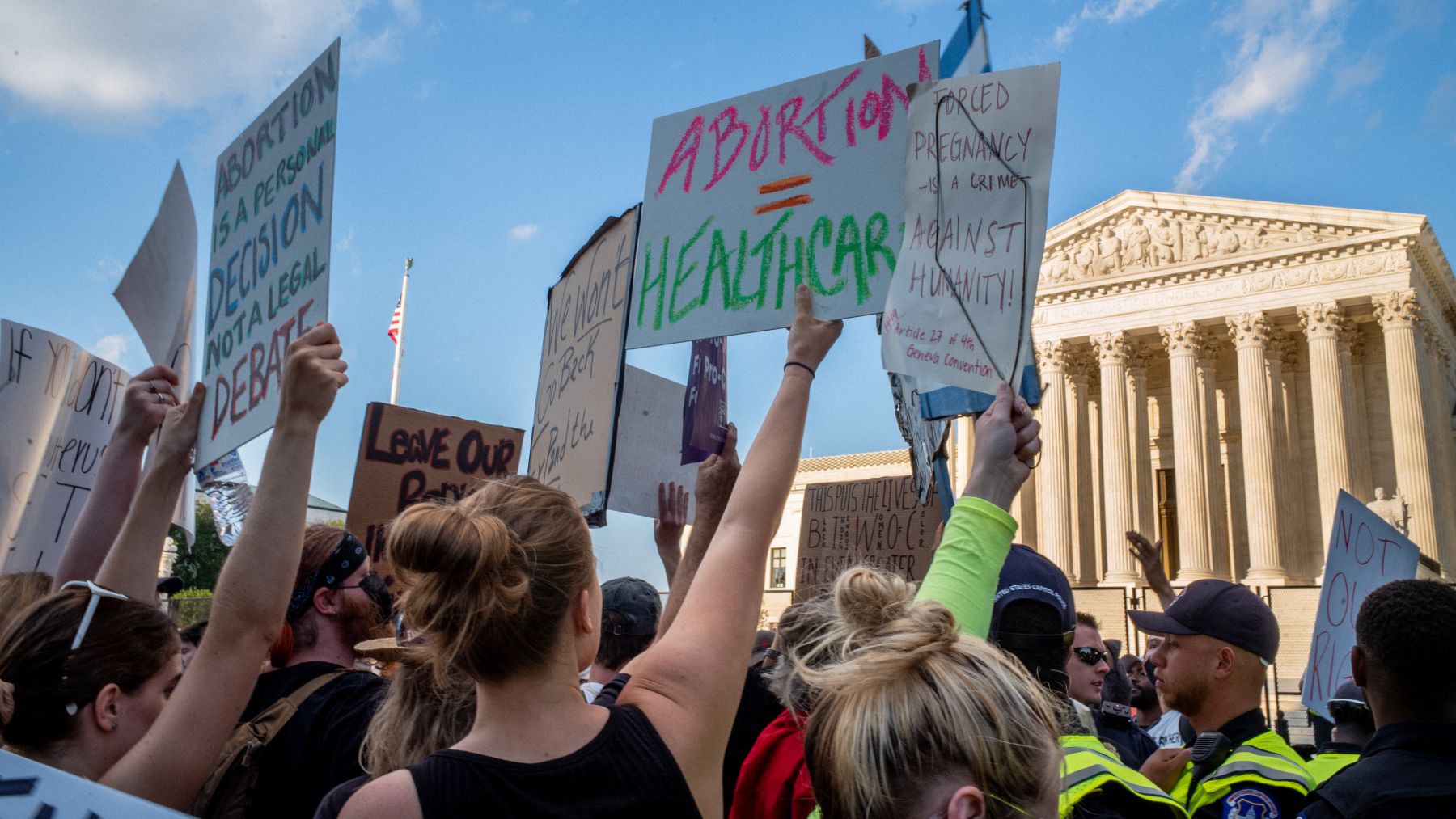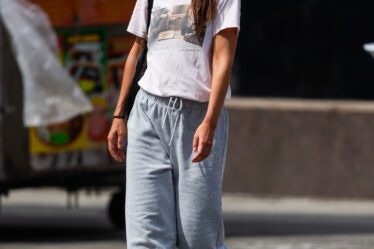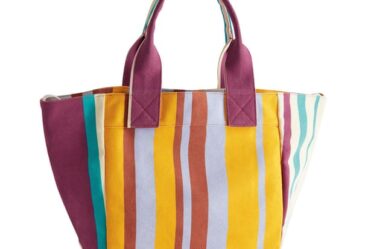
Early on Tuesday, beauty watchdog account Estée Laundry posed a question to its nearly 200,000 Instagram followers: “Many beauty brands are supporting the right for abortion rights. Which companies have not taken a stance after the overturning of #roevwade?”
Responses were all over the map. Many were quick to commend those that posted and call out those that hadn’t; others urged commenters to cross-check brand posts with which political candidates the same brands have donated and some questioned why beauty brands even have to take a stance altogether.
“Don’t get me wrong but I have the feeling that there’s kind of a social witch hunt to see who takes sides, or which side or who supports this or that movement,” read one comment. Another read: “This is where ‘vote with your dollar’ comes to play.”
The way beauty brands navigate politics and social issues publicly is an increasingly necessary but at-times complicated step.
It’s hard to be part of an industry that’s focused on the “empowerment” of its predominantly female consumers and then not comment on an issue that’s so clearly rooted in female empowerment. But the beauty industry is also one that’s inherently surface level. Underneath all the messaging about “self care,” “empowerment” and “beauty from the inside out” are mostly companies selling products that promise to make us look better.
How is an industry rooted in physical appearance supposed to weigh in on abortion, reproductive health and equal rights?
Some may think a lipstick brand has no business commenting on women’s reproductive rights. But to many, it matters, especially Gen-Z, a demographic known for seeking out brands with social, cultural and political values that mirror their own. In fear of losing this customer, brands feel pressure to immediately comment or take a stance on divisive social and political issues, fearing if they stay silent they run the risk of getting called out or “cancelled.” That can lead to countless hollow Instagram posts; words without meaningful action behind them.
Social media isn’t without merit; Instagram and TikTok can help issues that aren’t already receiving national attention explode online, such as racial justice in the aftermath of George Floyd’s murder in 2020. Beauty brands, with large audiences on those platforms, can participate in these discussions, letting their audience know what happened, why the problem is and why their following should care.
But when it comes to decisions that are already at the top of consumers’ minds, like last week’s Roe v. Wade reversal, these platforms are less helpful. Instagram, Facebook, TikTok and Twitter are a megaphone, but they alone cannot enact systemic change — which requires legislative overhauls, which starts with putting people in power through groundwork and local organising.
If a brand wants to do something, donate to political organisations supporting candidates in states where abortion is banned to get them elected at the state level. It’s not sexy, and it requires months of work and sustained effort without the immediate shot of dopamine an Instagram “like” provides. Some, such as Ulta Beauty, Coty and The Estée Lauder Companies, have taken it a step further, saying they will pay for travel expenses associated with reproductive health services. It’s a nice gesture, but realistically, how many employees will take advantage of this benefit? Not only are there privacy concerns about disclosing your abortion to an employer, but many of these companies employ people in states where the right to an abortion is protected.
Some sort of posting, even if not immediate, is the bare minimum in today’s society to avoid backlash, but in a world where people want more from brands, it’s not enough. Brands cannot rely on posting alone to be seen as an ally in these times; without action, they read as empty. In today’s reactionary culture, it’s incumbent on the consumer to demand more from the brands than just another surface-level, skin-deep reaction that means nothing more than just satiating the internet. We should assess what brands are actually doing to show up not just in the immediate aftermath of the ruling, but also six months or a year from now. It’s always easier to virtue signal via an Instagram post than actually do the work.
We have to reach a point where we don’t need a brand to comment on issues immediately, but we do expect them to take action. Instead of posting once or twice about racial injustice or launching a campaign about diversity, take the necessary steps to ensure your brand actually is inclusive, from senior leadership and employees to product offerings and everything else in between.
Brands can scream into the internet echo chamber, but it won’t impact the 26 states where abortion access has been severely curtailed or outlawed entirely.



